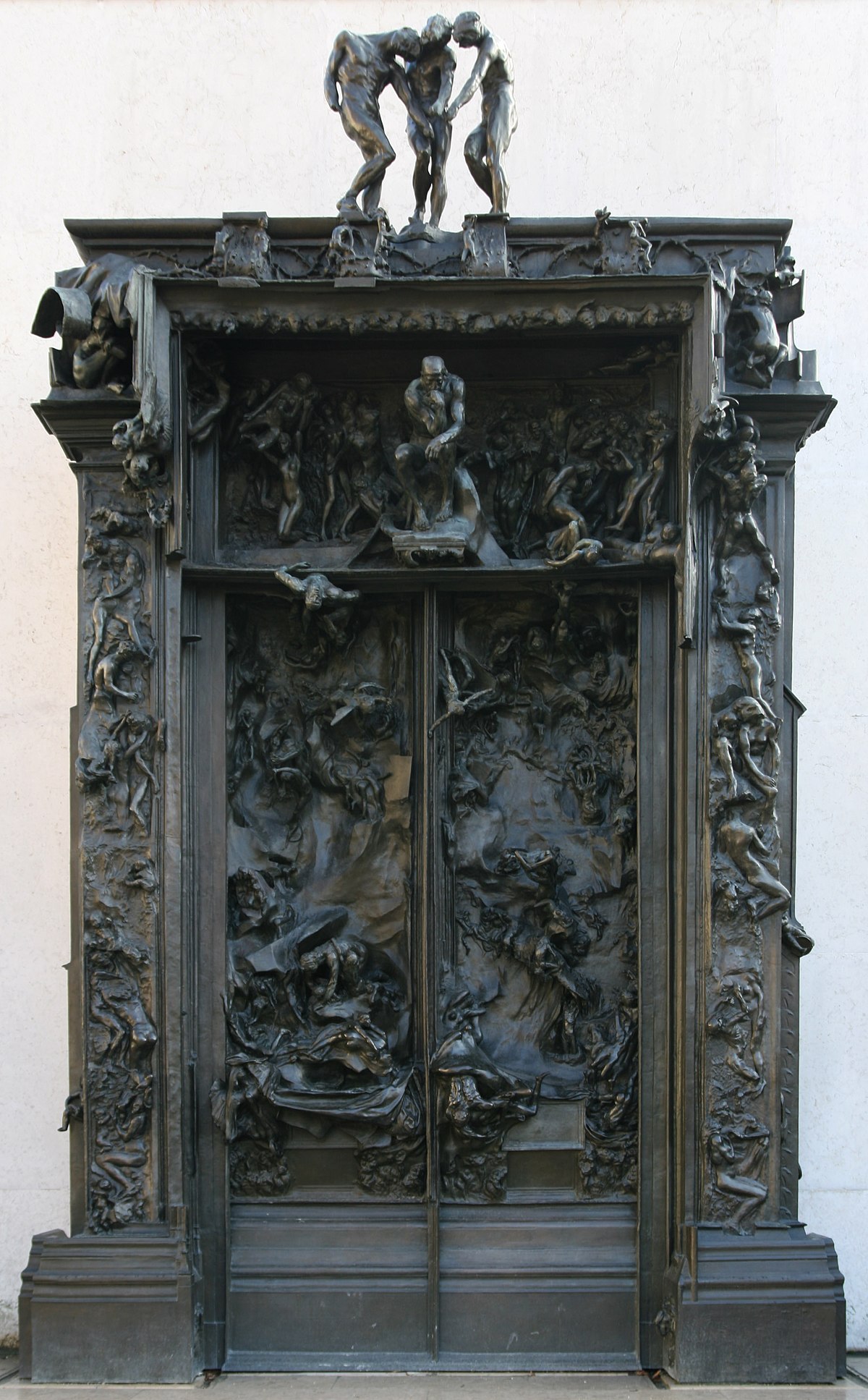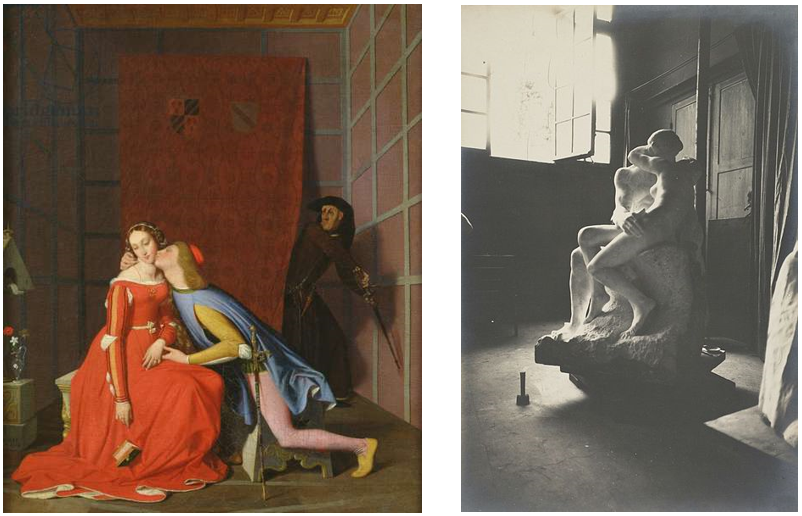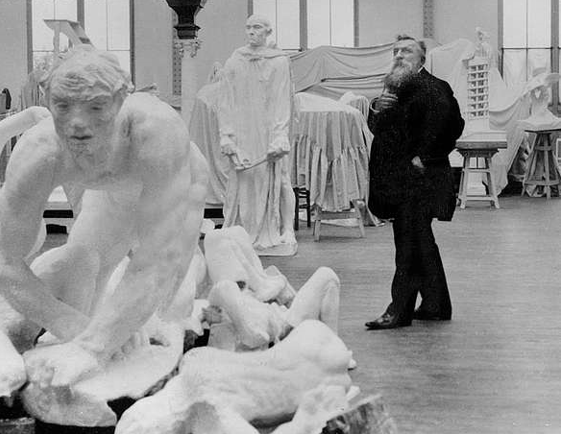20th Century & Contemporary Art Evening Sale in Association with Poly Auction
Hong Kong Auction 30 November 2021
1
Cinga Samson
Ivory V
Estimate HK$250,000 - 350,000
Sold for HK$2,520,000
Create your first list.
Select an existing list or create a new list to share and manage lots you follow.
2
Salman Toor
East Village Iqbal Bano
Estimate HK$1,800,000 - 2,800,000
Sold for HK$4,536,000
Create your first list.
Select an existing list or create a new list to share and manage lots you follow.
3
Nina Chanel Abney
Untitled (IXI Black)
Estimate HK$1,500,000 - 2,500,000
Sold for HK$3,024,000
Create your first list.
Select an existing list or create a new list to share and manage lots you follow.
4
Jamian Juliano-Villani
Clear Cough from Your Schedule
Estimate HK$200,000 - 400,000
Sold for HK$781,200
Create your first list.
Select an existing list or create a new list to share and manage lots you follow.
5
Mr.
Yume—Breath of the Earth
Estimate HK$1,000,000 - 2,000,000
Sold for HK$4,032,000
Create your first list.
Select an existing list or create a new list to share and manage lots you follow.
6
Julie Curtiss
Escargot
Estimate HK$400,000 - 600,000
Sold for HK$1,449,000
Create your first list.
Select an existing list or create a new list to share and manage lots you follow.
7
Javier Calleja
30 works: Untitled
Estimate HK$10,000,000 - 15,000,000
Sold for HK$12,108,000
Create your first list.
Select an existing list or create a new list to share and manage lots you follow.
8
Javier Calleja
You Me
Estimate HK$3,000,000 - 4,000,000
Sold for HK$7,026,000
Create your first list.
Select an existing list or create a new list to share and manage lots you follow.
9
Aya Takano
In the Lab (the Birth of Jelly)
Estimate HK$200,000 - 300,000
Sold for HK$441,000
Create your first list.
Select an existing list or create a new list to share and manage lots you follow.
10
Hernan Bas
Minimalism (cracking the code)
Estimate HK$1,000,000 - 1,500,000
Sold for HK$3,780,000
Create your first list.
Select an existing list or create a new list to share and manage lots you follow.
11
Joel Mesler
Untitled (Night Out)
Estimate HK$500,000 - 700,000
Sold for HK$1,512,000
Create your first list.
Select an existing list or create a new list to share and manage lots you follow.
12
Shara Hughes
Magic Island
Estimate HK$1,500,000 - 2,500,000
Sold for HK$4,788,000
Create your first list.
Select an existing list or create a new list to share and manage lots you follow.
13
Scott Kahn
Cadman Plaza
Estimate HK$1,000,000 - 1,500,000
Sold for HK$7,510,000
Create your first list.
Select an existing list or create a new list to share and manage lots you follow.
14
Matthew Wong
Nature’s Church
Estimate HK$4,000,000 - 6,000,000
Sold for HK$9,204,000
Create your first list.
Select an existing list or create a new list to share and manage lots you follow.
15
Matthew Wong
Far Away Eyes
Estimate HK$8,000,000 - 12,000,000
Sold for HK$21,183,000
Create your first list.
Select an existing list or create a new list to share and manage lots you follow.
16
Gerhard Richter
Kerzenschein (Candle-light)
Estimate HK$55,000,000 - 75,000,000
Sold for HK$101,970,000
Create your first list.
Select an existing list or create a new list to share and manage lots you follow.
17
This lot is no longer available.
18
Yayoi Kusama
INFINITY-NETS (OPRT)
Estimate HK$15,000,000 - 25,000,000
Sold for HK$22,635,000
Create your first list.
Select an existing list or create a new list to share and manage lots you follow.
19
Yayoi Kusama
Repetition
Estimate HK$15,000,000 - 20,000,000
Sold for HK$19,005,000
Create your first list.
Select an existing list or create a new list to share and manage lots you follow.
20
Nicolas Party
Still Life
Estimate HK$6,200,000 - 9,400,000
Sold for HK$17,190,000
Create your first list.
Select an existing list or create a new list to share and manage lots you follow.
21
David Hockney
Bridlington Violets
Estimate HK$10,000,000 - 15,000,000
Sold for HK$12,350,000
Create your first list.
Select an existing list or create a new list to share and manage lots you follow.
22
Léonard-Tsuguharu Foujita
Self-Portrait with a Cat
Estimate HK$4,000,000 - 6,000,000
Sold for HK$5,292,000
Create your first list.
Select an existing list or create a new list to share and manage lots you follow.
23
This lot is no longer available.
24
Sanyu
Paysage Aux Hirondelles
Estimate HK$26,000,000 - 46,000,000
Create your first list.
Select an existing list or create a new list to share and manage lots you follow.
25
Zao Wou-Ki
Sans titre ("Notre Dame")
Estimate HK$7,500,000 - 10,000,000
Sold for HK$10,051,000
Create your first list.
Select an existing list or create a new list to share and manage lots you follow.
26
Zao Wou-Ki
Brume d’automne
Estimate HK$4,500,000 - 7,500,000
Sold for HK$4,788,000
Create your first list.
Select an existing list or create a new list to share and manage lots you follow.
27
Auguste Rodin
Le Baiser, 1ère réduction dite aussi "réduction n°1"
Estimate HK$10,000,000 - 15,000,000
Sold for HK$11,745,000
Create your first list.
Select an existing list or create a new list to share and manage lots you follow.
28
Zao Wou-Ki
20.3.64.
Estimate HK$20,000,000 - 30,000,000
Sold for HK$22,030,000
Create your first list.
Select an existing list or create a new list to share and manage lots you follow.
29
This lot is no longer available.
30
Alexander Calder
Two Red Petals in the Air
Estimate HK$16,000,000 - 20,000,000
Sold for HK$20,820,000
Create your first list.
Select an existing list or create a new list to share and manage lots you follow.
31
Claude Monet
Pavots dans un vase de Chine
Estimate HK$9,500,000 - 15,000,000
Sold for HK$13,560,000
Create your first list.
Select an existing list or create a new list to share and manage lots you follow.
32
Georges Mathieu
Saxifrage
Estimate HK$2,000,000 - 3,000,000
Sold for HK$2,520,000
Create your first list.
Select an existing list or create a new list to share and manage lots you follow.
33
This lot is no longer available.
34
Huang Yuxing
Floating Bubbles
Estimate HK$1,800,000 - 2,800,000
Sold for HK$2,772,000
Create your first list.
Select an existing list or create a new list to share and manage lots you follow.
35
Zhou Chunya
Smell the Flowers
Estimate HK$5,000,000 - 7,000,000
Sold for HK$6,905,000
Create your first list.
Select an existing list or create a new list to share and manage lots you follow.
36
This lot is no longer available.
37
Liu Ye
Flagship No. 2
Estimate HK$2,000,000 - 3,000,000
Sold for HK$5,922,000
Create your first list.
Select an existing list or create a new list to share and manage lots you follow.
38
Wang Xingwei
Untitled (Heart-Shaped Dance)
Estimate HK$2,800,000 - 4,800,000
Sold for HK$3,780,000
Create your first list.
Select an existing list or create a new list to share and manage lots you follow.
39
Liu Ye
Untitled
Estimate HK$3,000,000 - 5,000,000
Sold for HK$3,780,000
Create your first list.
Select an existing list or create a new list to share and manage lots you follow.
40
Liu Wei
You Like Smoking?
Estimate HK$3,000,000 - 5,000,000
Sold for HK$3,780,000
Create your first list.
Select an existing list or create a new list to share and manage lots you follow.
41
Izumi Kato
Untitled
Estimate HK$4,500,000 - 7,500,000
Sold for HK$11,745,000
Create your first list.
Select an existing list or create a new list to share and manage lots you follow.
42
Yoshitomo Nara
Pandora's Box
Estimate HK$7,500,000 - 10,000,000
Sold for HK$13,560,000
Create your first list.
Select an existing list or create a new list to share and manage lots you follow.
43
George Condo
The Dreamer
Estimate HK$4,600,000 - 6,200,000
Sold for HK$11,140,000
Create your first list.
Select an existing list or create a new list to share and manage lots you follow.
44
George Condo
Entangled Figures
Estimate HK$6,200,000 - 9,200,000
Create your first list.
Select an existing list or create a new list to share and manage lots you follow.
45
This lot is no longer available.
46
KAWS
NEW YORK
Estimate HK$4,000,000 - 6,000,000
Sold for HK$5,040,000
Create your first list.
Select an existing list or create a new list to share and manage lots you follow.
47
KAWS
FINAL DAYS
Estimate HK$6,200,000 - 8,200,000
Sold for HK$8,115,000
Create your first list.
Select an existing list or create a new list to share and manage lots you follow.
48
Raymond Pettibon
Untitled (Force makes nature...)
Estimate HK$1,500,000 - 2,500,000
Sold for HK$3,906,000
Create your first list.
Select an existing list or create a new list to share and manage lots you follow.
49
Robert Nava
Angel Shark
Estimate HK$1,200,000 - 1,800,000
Sold for HK$4,410,000
Create your first list.
Select an existing list or create a new list to share and manage lots you follow.
50
Susumu Kamijo
Marching To The Sun
Estimate HK$450,000 - 650,000
Sold for HK$2,142,000
Create your first list.
Select an existing list or create a new list to share and manage lots you follow.
51
Jadé Fadojutimi
Fishing For Steps
Estimate HK$1,200,000 - 2,200,000
Sold for HK$4,788,000
Create your first list.
Select an existing list or create a new list to share and manage lots you follow.
52
Mickalene Thomas
Looking Up from the She Works Hard For the Money Pin-Up series
Estimate HK$1,000,000 - 2,000,000
Sold for HK$3,780,000
Create your first list.
Select an existing list or create a new list to share and manage lots you follow.
53
Billie Zangewa
Cirque d'hiver
Estimate HK$400,000 - 600,000
Sold for HK$567,000
Create your first list.
Select an existing list or create a new list to share and manage lots you follow.
54
Godwin Champs Namuyimba
The Connector
Estimate HK$200,000 - 400,000
Sold for HK$1,323,000
Create your first list.
Select an existing list or create a new list to share and manage lots you follow.
55
Tunji Adeniyi-Jones
Blue Ancestor
Estimate HK$400,000 - 600,000
Sold for HK$1,071,000
Create your first list.
Select an existing list or create a new list to share and manage lots you follow.
56
Tomoo Gokita
Final Confrontation
Estimate HK$1,200,000 - 2,200,000
Sold for HK$2,520,000
Create your first list.
Select an existing list or create a new list to share and manage lots you follow.
57
Ewa Juszkiewicz
Appropriation
Estimate HK$400,000 - 600,000
Sold for HK$1,890,000
Create your first list.
Select an existing list or create a new list to share and manage lots you follow.
58
Lucas Arruda
Untitled from the series Deserto-Modelo
Estimate HK$1,000,000 - 1,500,000
Sold for HK$3,780,000
Create your first list.
Select an existing list or create a new list to share and manage lots you follow.



